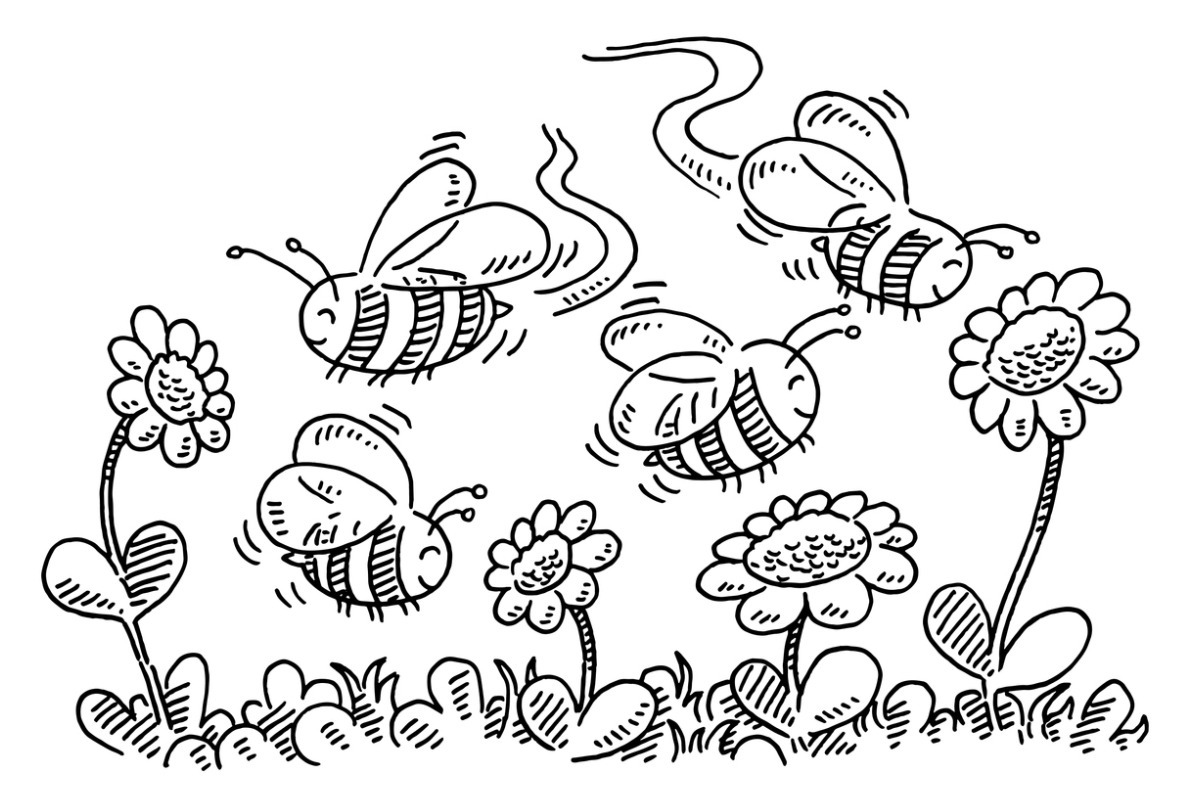
The dramatic fall in the inflation rate has provoked a range of strategists’ expectations for the next move in the Federal Reserve’s tightening campaign. The Consumer Price Index decelerated to a 3.0% annual rate in June, a fall of a full percentage point from the May reading, according to the U.S. Bureau of Labor Statistics.
Fed policymakers meet July 25 to 26, having previously forecasted that two more increases lie ahead for the Fed’s benchmark rate, which now is in a band ranging from 5.0% to 5.25%.
The stock and bond markets are behaving like the end is near for rate hikes. Following Wednesday’s news, the S&P 500 popped up 0.74%, and Treasury yields dropped. The two-year slipped to 4.72% from 4.88%, and the 10-year to 3.86% from 3.99%.
In fact, Bryce Doty, senior portfolio manager at Sit Investment Associates, predicted that the yield curve will flatten: “The inverted yield curve had become more of an indication the inflation relief was coming than anything else.”
The panoply of what comes next from the Fed was wide among strategists. No more hikes are needed, in the eyes of Jon Maier, CIO at exchange-traded fund issuer Global X ETFs. The CPI development, he declared, “makes a strong case against additional rate hikes. The Fed, which had potentially planned two more hikes this year, might reassess its strategy.”
The rate boosts likely are over, agreed Alexandra Wilson-Elizondo, deputy CIO of multi asset solutions at Goldman Sachs Asset Management, saying, “after this print, the Fed very well may be done.” She reasoned that “it is enough on a standalone basis for the market to put in question the Fed’s dot projections of two additional hikes.”
A single rate raise this month and then no more is likely to be the Fed’s reaction, per Bill Adams, chief economist for Comerica Bank—although he cautioned that unexpected occurrences such as a wage growth spike could provoke a second one later this year.
To Ian Shepherdson, chief economist at Pantheon Macroeconomics, any new rate increases would be overkill, but the Fed will tighten one more time in July. “Our base case remains that the hike later this month will be the last in the cycle,” he wrote. Still, “it will also be a mistake; the Fed does not need to hike again.”
Economic factors can be fickle, however, warned Adam Hetts, global head of the multi-asset team at Janus Henderson Investors, adding that lower inflation may not be assured and that prices could escalate again. Hetts advised investors to beware of “a potentially stop-and-go series of economic readings in the back half of this year.”
Brian Coulton, chief economist at Fitch Ratings, agreed that any optimism about rates was premature, pointing to the CPI report’s reading that still-high core inflation has persisted, referring to price movements without food (which has continued to ascend) and energy (nudging up in June after a May decline). “Core inflation remains just under 5% on both a year-on-year and three-month annualized basis, which is far too high,” he indicated.
With no clear consensus, what the Fed does in two weeks, and how it explains its stance, whatever that may be, will be the subject of intense debate.
Tags: benchmark rate, Bureau of Labor Statistics, Consumer Price Index, core inflation, Federal Reserve, Inflation, interest rate hikes, Inverted Yield Curve, rate increase
